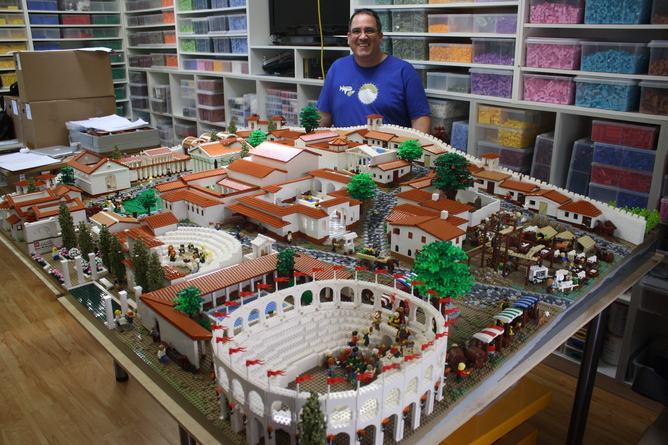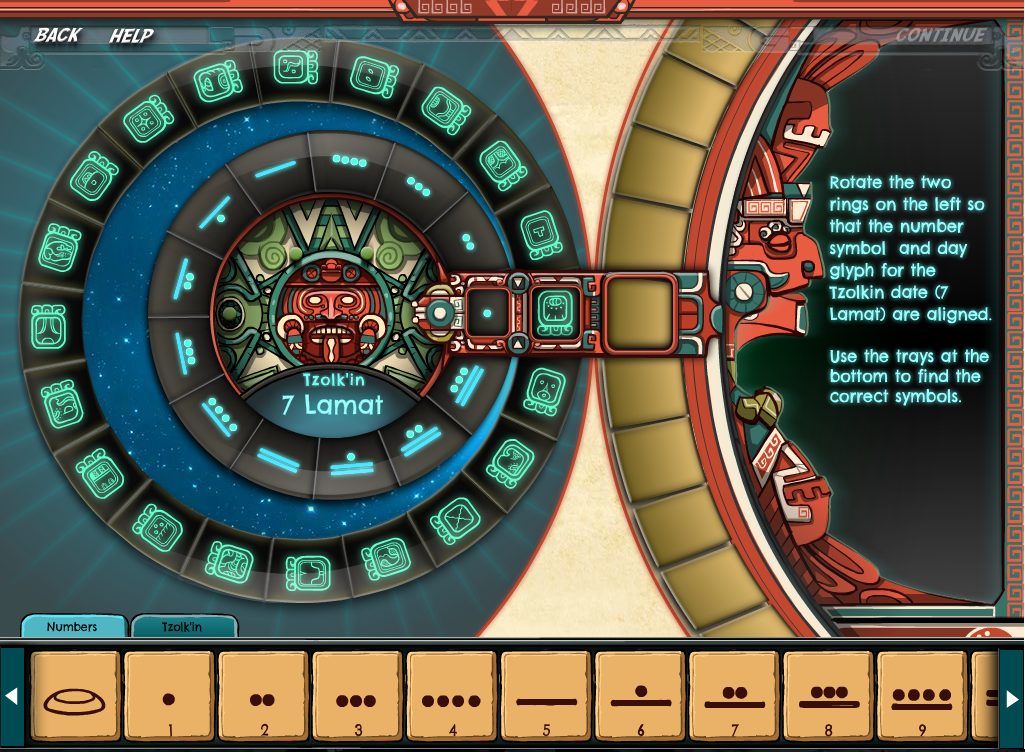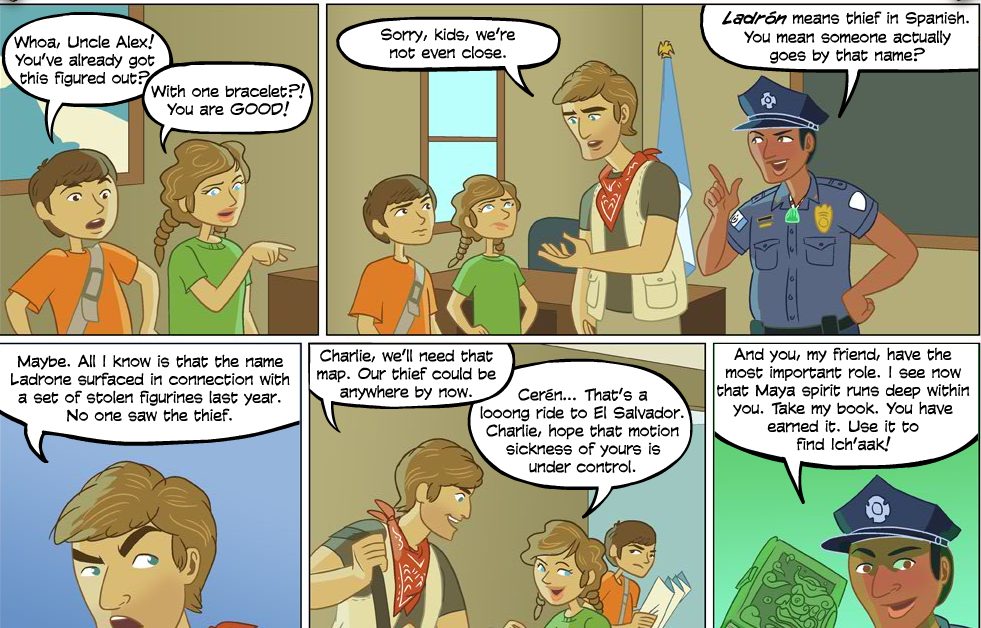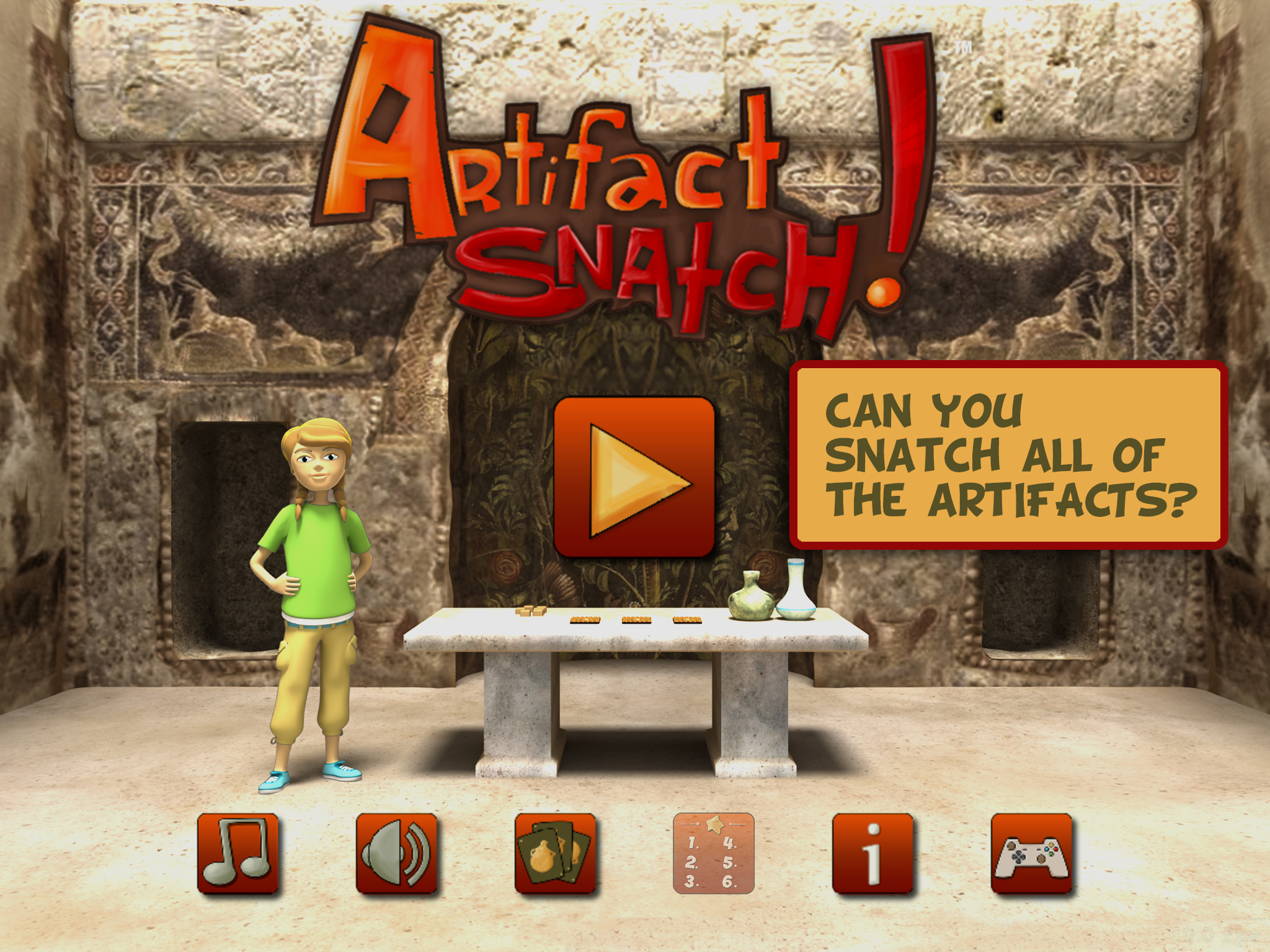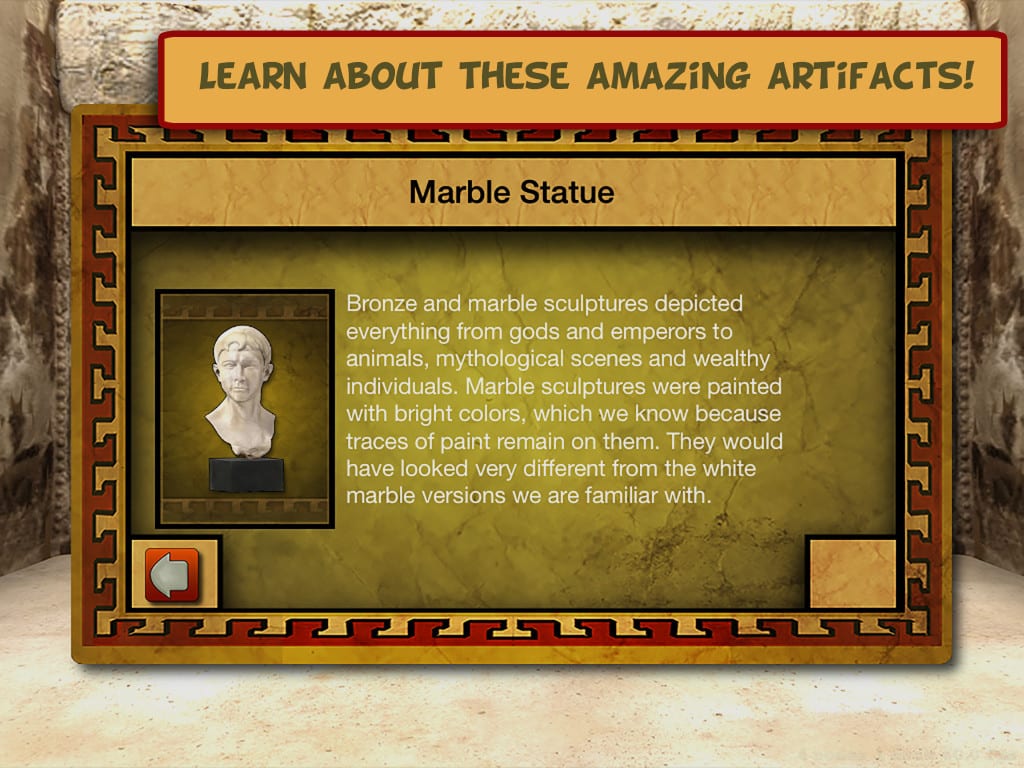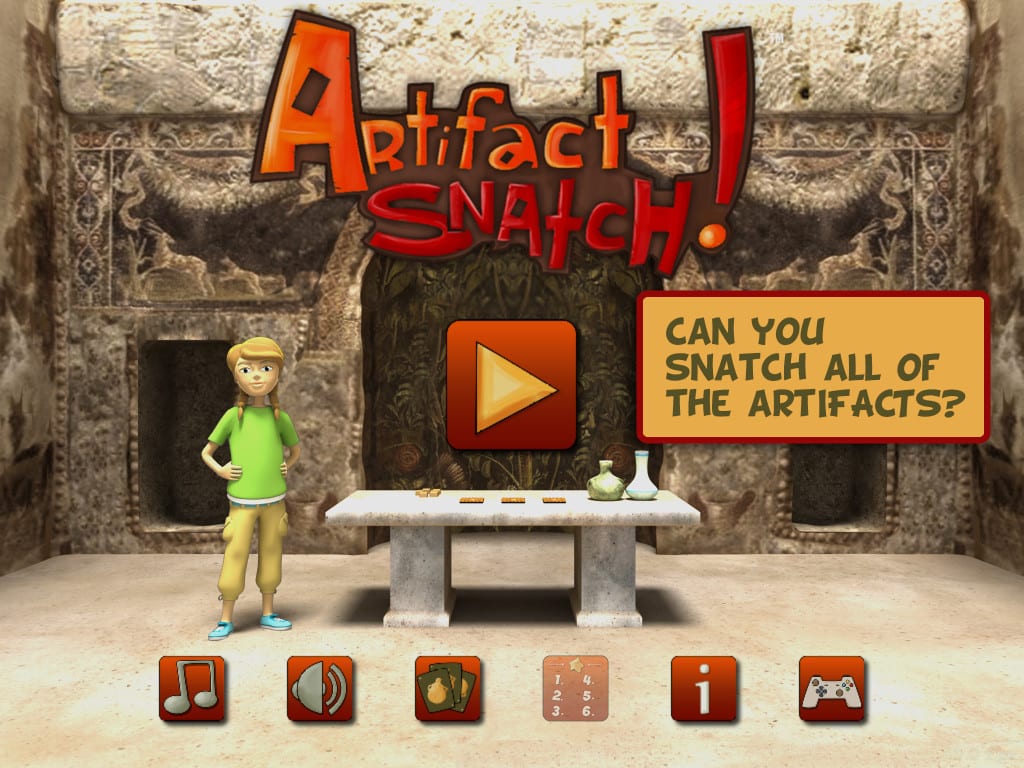Spreading the #GBL Love
Today is the day before Valentine ’s Day. Do you remember what it looked like to celebrate Valentine’s day when you were in school? Picture the scene: each desk adorned with a paper bag, decorated with bright red and pink foam stickers, filled to the brim with candies and paper Valentine’s with cutesy messages—You Rock, Valentine! You’re Sweet, Friend!—and the laughter of children in the air. At a larger desk in the corner sits an exhausted, but pleased teacher with a mound of Valentines of her own.
You may not know this, but she was up until midnight writing personal I’m proud of you notes to every student in her classroom. She lugged two big plastic shopping bags of stickers, decorations, snacks, and extra Valentines (just in case) into the room that morning—all of which she purchased on her own.
Right now, the kids are excitedly whispering. The students are grouped around their desks, each with an iPad in the middle. And on that iPad? A game. They’re thinking: we get to play! Their teacher is thinking: they get to learn.
That’s the beauty of game-based learning. A good game is a seamless blend of fun and learning. It allows the child to learn without impeding the student’s fun factor.
So on this day—the day before Valentine ’s Day—we’re spreading some game-based learning love. To all the educators who are using games in your classrooms to encourage deeper learning and long-lasting love of education, we say:





